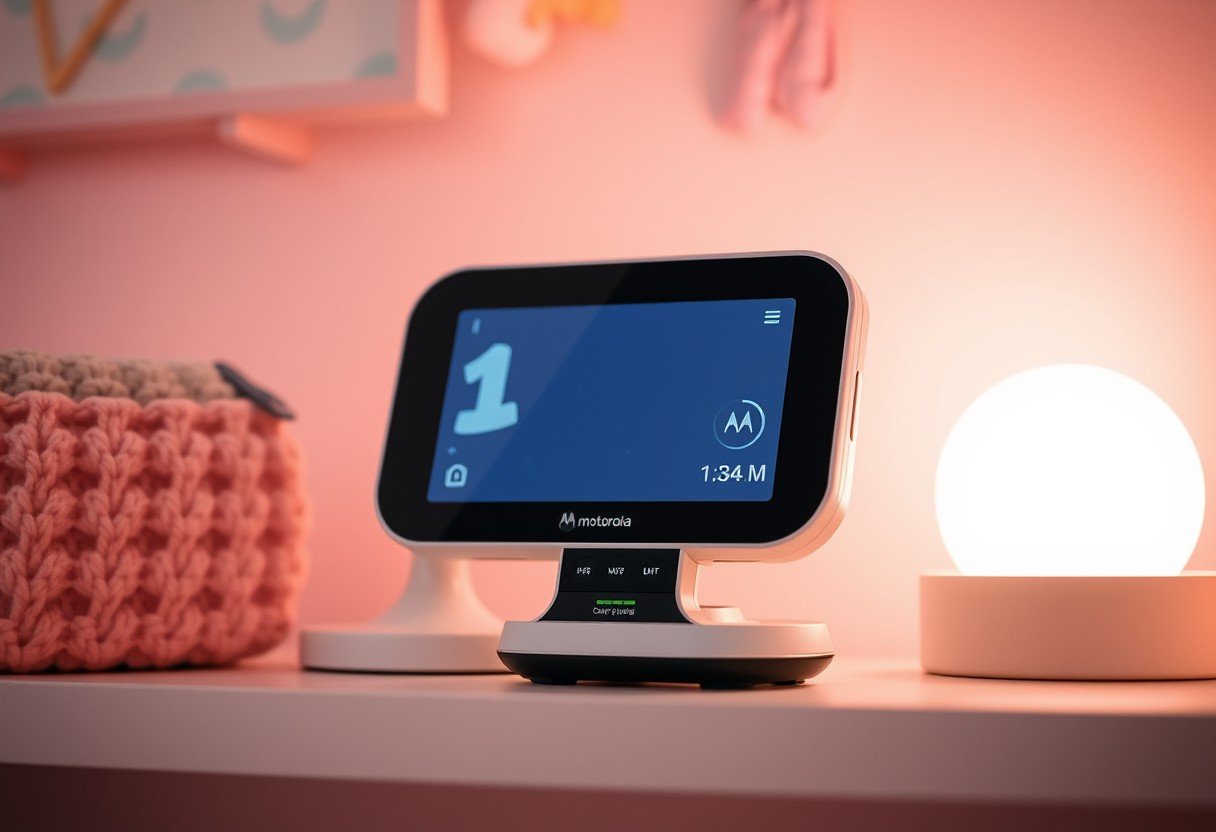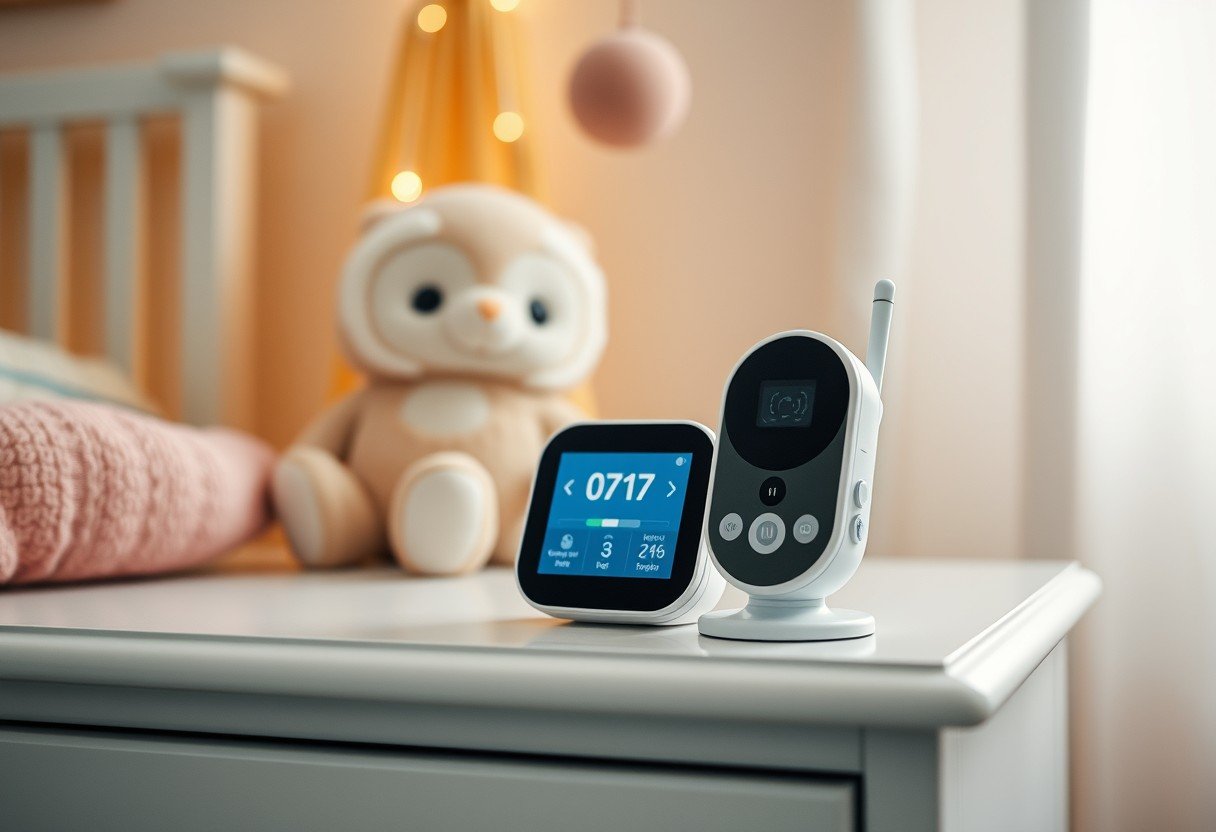Australians are known for their sunny disposition and generous nature, but how does this translate into their gift-giving habits? A 2019 study reveals that Aussies spend a staggering amount on presents for their loved ones each year. This generosity is deeply embedded in the culture, impacting everything from the baby gift market to monthly household budgets. Let’s explore exactly where all that money goes.
How Generous are Australians Overall?
Australia’s reputation for generosity isn’t just a stereotype; it’s backed by data. The country consistently ranks near the top of the World Giving Index, a global survey on charitable behaviour. In fact, it was second only to Myanmar in a recent report.
This index measures three key behaviours: helping a stranger, donating money, and volunteering time. With New Zealand coming in third, it shows a regional trend of open-handedness.
This spirit of giving isn’t limited to formal charities. It extends deeply into personal relationships, where Australians show remarkable generosity towards their family, friends, and even pets.
The Billion-Dollar Baby Gift Market
One of the most significant areas of spending is on gifts for babies and young children. The toys and baby segment is a massive industry in Australia, reflecting how much people love to dote on the little ones in their lives.
The market was estimated to be worth around a billion dollars by the end of 2020. With a steady compound annual growth rate of 3.8%, experts project it will reach $1.14 billion by 2024. This growth is fuelled by consumers who happily purchase items for their own kids, nieces, nephews, and the children of their friends.
Online stores specializing in baby gifts have particularly benefited from this trend, as they provide a convenient way for people to find and send the perfect present.
Breaking Down the Annual Gift Spending
A comprehensive 2019 study by the Financial Planning Association of Australia provides a clear picture of the nation’s spending. Collectively, Australians spend nearly $20 billion on gifts each year. This enormous figure shows that gift-giving is a major part of the national economy and culture.
On an individual level, the average Australian spends about $100 each month on gifts, which adds up to roughly $1,200 annually. Interestingly, the study found that giving brings more happiness than receiving for most people.
Here are some key findings from the research:
- More than 8 out of 10 Australians report feeling more fulfilled when giving a gift than receiving one.
- Gift cards and cash are popular choices, which suggests a preference for giving practical and useful presents.
- A large portion of this spending is unplanned, meaning the purchases are often spontaneous rather than budgeted.
This data confirms that giving is an ingrained and joyful habit for the majority of Australians.
Who Receives the Most Expensive Gifts?
The study also broke down who Australians are spending the most on. While they are generous to everyone, partners and children receive the most significant financial attention when it comes to presents.
Here is a look at the average annual spending on different loved ones:
| Recipient | Average Amount Spent |
|---|---|
| Spouse / Partner | $400+ |
| Each Child | $361 |
| Parents | $200 |
| Pets | $115 |
As you can see, spouses come out on top, but children are not far behind. Perhaps the most surprising figure is the $115 spent on pets, proving that furry friends are truly considered part of the family in Australia.
Men vs. Women: A Look at Gifting Habits
The research also uncovered interesting differences between how men and women approach gift-giving. While both are generous, their habits and spending patterns vary.
Women tend to give more presents to their partners throughout the year. However, men typically spend more money on each individual gift they purchase.
This suggests that women may prefer to give smaller, more frequent tokens of affection, while men might focus on larger, more expensive gifts for special occasions. Ultimately, both genders contribute significantly to the overall spending figures.
The Problem with Unplanned Gifting
While the spirit of generosity is admirable, the study found a potential downside: most of this spending is unplanned. Many gifts are bought on impulse, without being factored into the monthly household budget.
This is especially common when it comes to children. It’s easy to see something cute online or in a store and buy it on the spot for a child, niece, or nephew, regardless of the budget.
You could say Australians are generous to a fault. This habit of spontaneous spending can put a strain on finances if it isn’t managed carefully. It highlights the emotional nature of gift-giving, where the desire to bring joy often outweighs financial planning.
Is Being Overly Generous a Bad Thing?
Gift-giving is a positive and deeply rooted part of Australian culture. There is nothing wrong with sharing your blessings and showing appreciation for the people you love.
The act of giving strengthens social bonds and, as the study shows, brings more happiness to the giver than the receiver. It is a beautiful expression of love and friendship.
The only time this generosity becomes a problem is when you consistently spend more than you can afford. The key is to find a balance between being open-hearted and being financially responsible. Enjoy the joy of giving, but make sure it fits within your means.
Frequently Asked Questions
How much do Australians spend on gifts each year in total?
According to a 2019 study, Australians collectively spend almost $20 billion on gifts for their loved ones every single year.
Do Australian men or women spend more on gifts?
It’s a bit of both. Women tend to give a higher number of gifts, but men tend to spend more money per individual gift they buy for their partners.
What is the average monthly gift budget for an Australian?
On average, an Australian spends around $100 per month on gifts, which translates to about $1,200 per year. However, much of this is unplanned.
How much do Australians spend on gifts for their pets?
The study found that, on average, Australians spend a surprising $115 per year on gifts for their pets, treating them like cherished family members.
Who do Australians spend the most on for gifts?
Spouses and partners receive the most expensive gifts, with an average annual spend of over $400. Children come in a close second at $361 per child.








Leave a Comment